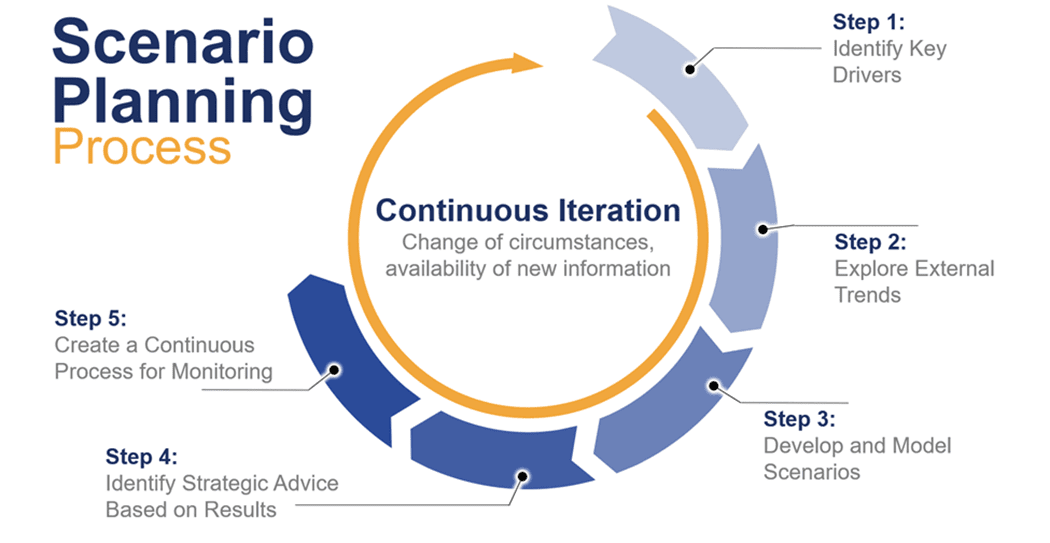Artificial intelligence (AI) is one of the most revolutionary technologies of our time and will clearly be a future focus for government agencies. In fact, the AI in Government Act was created to promote the responsible use of AI technology. The act will significantly impact agency operations through new demands on the workforce, information and infrastructure. With this act, Finance leaders can improve their back-office operations and create high-value outcomes.
What is the AI in Government Act of 2020?
The AI in Government Act was established to support federal agencies to ensure they responsibly approach AI technology. The act has three primary objectives:
- Aid in the adoption of AI technologies
- Advance the capabilities and use of AI
- Enhance productivity and efficiency for the benefit of citizens
Further, the Office of Management and Budget has proposed a policy (currently undergoing the review of public comment) to create new agency requirements and guidance for AI governance, innovation and risk management. AI will be an important future endeavor that agency leaders will need to weave into future operational plans and that will impact resources, information and infrastructure. Leaders can thus expect to make operational changes.
What does the AI in Government Act mean for agencies today?
With operational changes on the horizon, agency leaders must strategically plan their next steps for AI integration. The act and proposed policy outline key new roles, responsibilities, reporting and requirements that agencies will need to consider when adopting AI business processes. Agencies should consider taking the following actions when approaching AI:
- Appointing the right talent (i.e., Chief AI Officer) to lead and support responsible AI innovation.
- Identifying practical AI strategies that will increase efficiency and improve operations.
- Planning new resources, data, infrastructure and budget changes required for execution.
- Assessing and removing barriers that potentially hinder taking on AI solutions (i.e., IT infrastructure, data, security, etc.).
- Evaluating risks that must be managed, especially if they could impact the rights and safety of the public.
What are practical AI opportunities for Finance teams?
Finance teams can take advantage of AI technology in a variety of valuable, sensible ways to create better outcomes.
One way is by incorporating AI and machine learning (ML) into back-office operations, which is a growing trend for Finance teams. Why? Well, ML can help Finance teams make more accurate and reliable forecasts, automate repetitive tasks, and identify patterns and trends that might otherwise go unnoticed in traditional analysis. How?
ML makes forecasting easy for Finance teams in three ways:
1. Enhancing budgeting and planning
Traditional Finance planning methods often rely on historical data and assumptions, leading to inaccuracies and limited predictive capabilities. ML has transformed this process by incorporating multiple variables and complex data relationships, empowering Finance to make more accurate predictions and projections (see Figure 1).

By leveraging ML algorithms, Finance can analyze historical financial data alongside external factors such as market trends, customer behavior and economic indicators. These algorithms can identify hidden patterns, uncover non-linear relationships and generate more accurate forecasts. As a result, Finance can make data-driven decisions, optimize resource allocation and mitigate financial risks. The biggest benefit? Being able to better plan for different services, such as taxes, fees, and shipping volumes.
2. Employing scenario modeling and sensitivity analysis
Scenario modeling and strategic simulations have become crucial tools that help agencies understand the potential outcomes of different scenarios and decisions. Using such evaluations, Finance teams can make strategic choices and develop contingency plans to mitigate risks and best serve the agency mission.
By incorporating AI and ML forecasting into scenario planning, agencies can create more realistic and useful scenarios and identify the best course of action (see Figure 2).

Figure 2: Scenario Planning Process
3. Improving operational efficiency
ML enhances operational efficiency by automating repetitive tasks, minimizing errors and identifying areas for improvement. Specifically, Finance can leverage ML algorithms to streamline financial processes such as budget formulation, variance reporting and financial reporting.
For example, ML algorithms can remove the need for tedious, manual processes and allow Finance to easily analyze large volumes of financial data to identify anomalies and flag potential risks in real time. By automating these processes, Finance can save time, enhance accuracy and focus on value-added activities.
Conclusion
Finance teams today need to make significant gains and improve back-office operations. With the AI in Government Act and the recent executive order from President Biden on the responsible use of AI, an urgency exists for agencies to leverage AI to be competitive during these dynamic times. Now, agency leaders have a framework to implement AI technology and improve mission effectiveness with practical AI technology.
Learn More
Learn more about how OneStream’s Finance AI uniquely empowers agencies to plan with confidence and best serve their missions at https://www.onestream.com/.
Learn MoreGet Started With a Personal Demo



